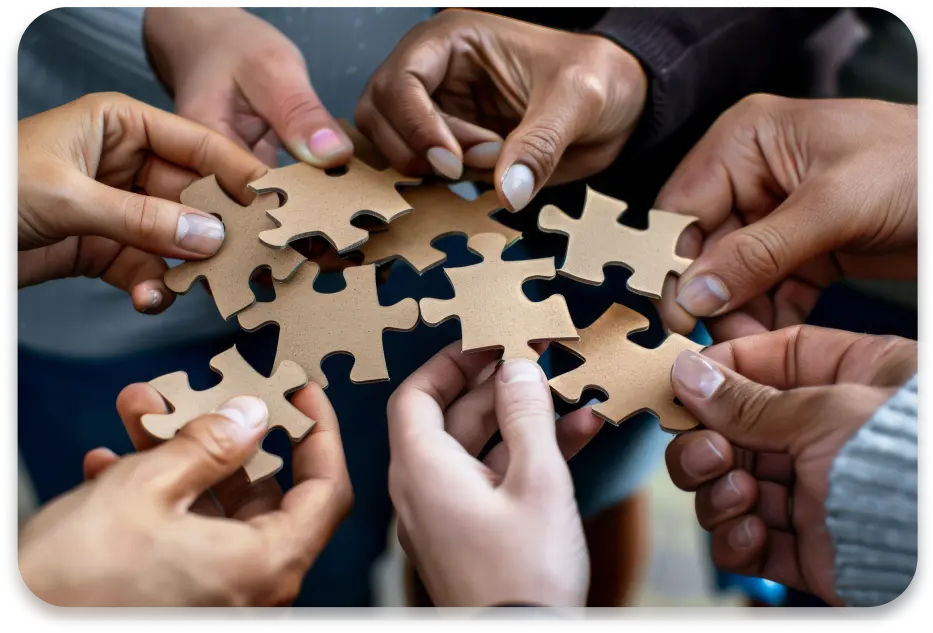
A diverse range of establishments and facilities serves as vital pillars of community development, providing spaces where individuals can meet, communicate, collaborate, and work together to address health equity challenges.




The Health Equity Agenda employed two groups to help with data and research:
The Health Equity Agenda .worked with local researchers and the community to understand the most frequent health equity issues.
Redstone helps philanthropies, nonprofits, and governments
to solve the world’s most urgent social problems.
Dr. Vicky Gomez and Dr. Rachel Berkowitz, College of Health and Human Sciences, San Jose State University.
In Santa Clara County, comprehensive interviews were conducted with 13 key stakeholders and 258 individuals. These interviews were held in three languages: 10 in English, 11 in Spanish, and 3 in Vietnamese.
The findings are detailed in the Executive Summary of the 2023 research project, which informs the Health Equity Agenda’s metric tracking and identifies key areas of focus for improving health equity.
Download the Executive Summary to learn more about the insights and future directions of the Health Equity Agenda.


See below for a table summarizing the demographics of the interview participants.
(Gilroy, Morgan Hill, ESJ, < $ 130,890)
(Racially and/or ethnically minoritized.)
(Income less than $ 130,890.)
(Anytime sexuality was involved.)
(For more then 1 month in the last year.)
(Anytime sexuality was involved.)
(Experienced in the last year.)
(Spoke a secondary language.)
(Older then the age of 65.)
(Not born within the U.S)
(Anytime justice was involved.)
(Anyone with a disability.)